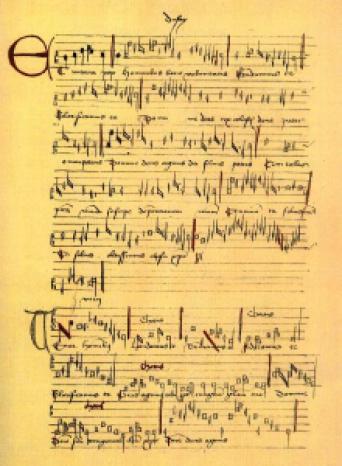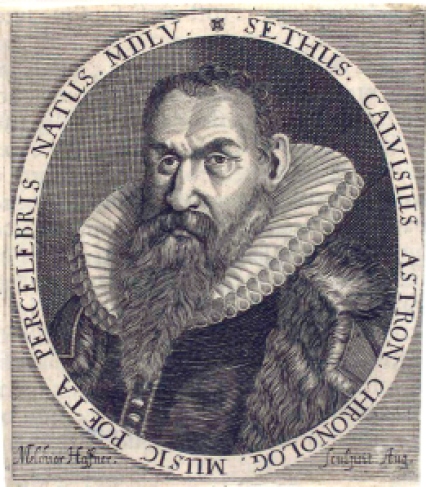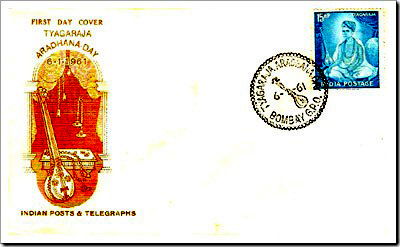A collection of music manuscripts compiled around the middle of the 15th century and currently kept in the northern Italian city of Trento, the Trent codices preserve over 1500 compositions, mostly sacred vocal music. Taken together, these codices comprise the largest and most significant single manuscript source from the entire century from anywhere in Europe.
Codici online allows scholars to see over 1800 cataloged records and over 6000 digital images of the Trent codices, along with their melodies and lyrics, and essays and contextual materials. This free online resource was established by the Soprintendenza per i Beni librari e archivistici of the autonomous province of Trento, the Direzione Generale per i Beni Librari e gli Istituti Culturali, and the Società Filarmonica di Trento.
Above, the Gloria from a mass by Dufay (the composer’s name is at the top). Below, a Kyrie from the Trent codices.
Related article: Tablature in PDF and PostScript












